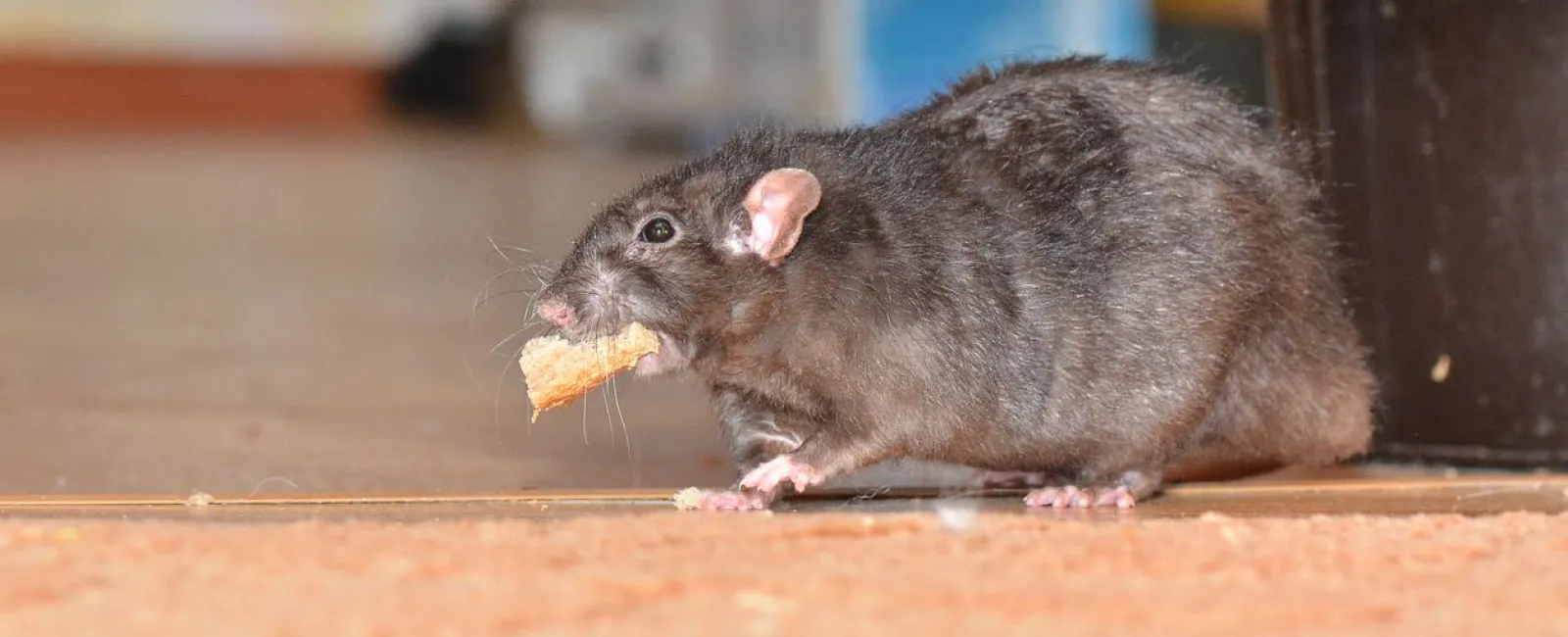Mice and rats are a year-round pest control problem in most regions. Recently, many towns have seen an enormous increase in rodent activity and aggressive behavior. This could prove problematic when temperatures drop and already-hungry rodents start spreading to more residential areas in search of food and shelter.
Here are tips to prevent mice and rats from raiding your pantry, along with some infestation "warning signs" every homeowner should know.
TIPS TO PREVENT A RODENT INFESTATION
Avoid keeping pet food outdoors, and take down your bird feeders.
Leaving out kibble or birdseed on your porch or in your yard is the fastest way to attract rodents. You're providing them with an easy food supply and giving them a huge incentive to stick around. Once the weather gets colder, they'll start looking for shelter on your property where it's warm: inside your home.
Clear debris and thick vegetation from your yard.
Rodents have many natural predators (owls, coyotes, cats, humans, etc.), so they prefer homes that offer somewhere to hide. They'll conceal themselves in bushes, vines, and shrubs, and use soft mulch and leaf piles to make nests. By eliminating places where they can hide, they'll most likely choose a more advantageous location off your property.
Seal gaps inside and outside your home.
To get inside your home, the average rat only needs a hole the size of a half-dollar. A smaller rat can fit through a quarter-sized hole, and mice can squeeze through a nickel-sized hole!
Make sure any gaps in your home's are plugged or sealed with materials that will be difficult for rodents to chew through, like silicone sealant or copper mesh. Common places entry points for rodents include attic and crawl space vents, holes for plumbing, gas, and electrical lines, and gaps in the eaves, gables, and rafters of roofs. Also, make sure to equip all exterior doors with sweeps.
Conceal your garbage.
One man's trash is a rodent's Las Vegas buffet. Always keep your garbage cans covered with the lid down as tightly as possible. If you're dealing with a current infestation, try double-bagging your garbage to prevent the smell from attracting pests.
Clean up right after cooking and eating.
Just because rodents will eat garbage doesn't mean they'll pass up a home-cooked meal or some takeout pad thai. Once you're finished cooking and enjoying your meal, team up with your household to wash the dishes, wipe down the table, stove, and counters, and take out the trash. Wipe or vacuum up any crumbs or spills immediately.
Keep your food in airtight containers.
Grab those Bed, Bath, and Beyond coupons you've been saving and invest in some glass, airtight containers for your pantry foods and leftovers. Rodents are incredible chewers, and a plastic bag presents no challenge against their chompers.
Work with pest control specialists that can meet your household's needs.
Before setting out poison to prevent an infestation, consider this: Poison Control Centers get about 15,000 calls every year for children under 6 years old eating rodenticides. Leaving out poison for rodents can also put pets at risk. If children or animals live or visit your home, talk with your pest control specialist about safe treatments for your situation.
SIGNS OF A RODENT INFESTATION
Think you might have a rodent infestation already? These are the most common signs.
- Droppings
- Teeth marks and signs of chewing
- A stale, urine smell coming from concealed areas
- Scratching, scampering sounds
- Torn insulation, paper, or fabric (signs of nest-building)
An Effective, Environmentally-Responsible Approach to Rodent Control
At Greenix Pest Control, our rodent control professionals create customized treatment plans tailored to you, your home, and your situation. We use a multi-step program that covers four seasons and never requires any heavy-handed toxic treatments. Learn more about our robust treatment method here.
Get the help you need with rodent removal from our friendly, thorough pest control experts. Call (888) 800-7181 or contact us online.

